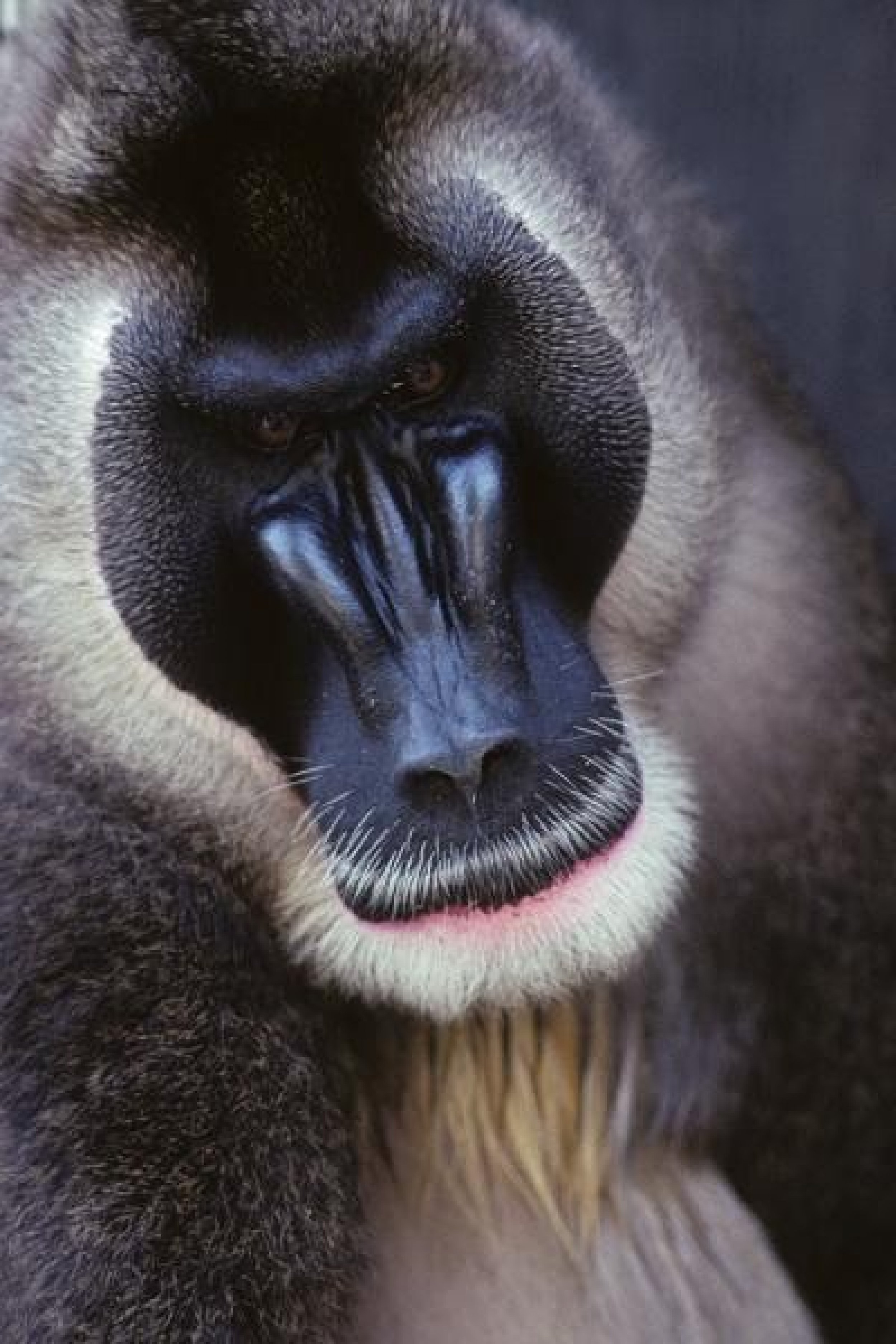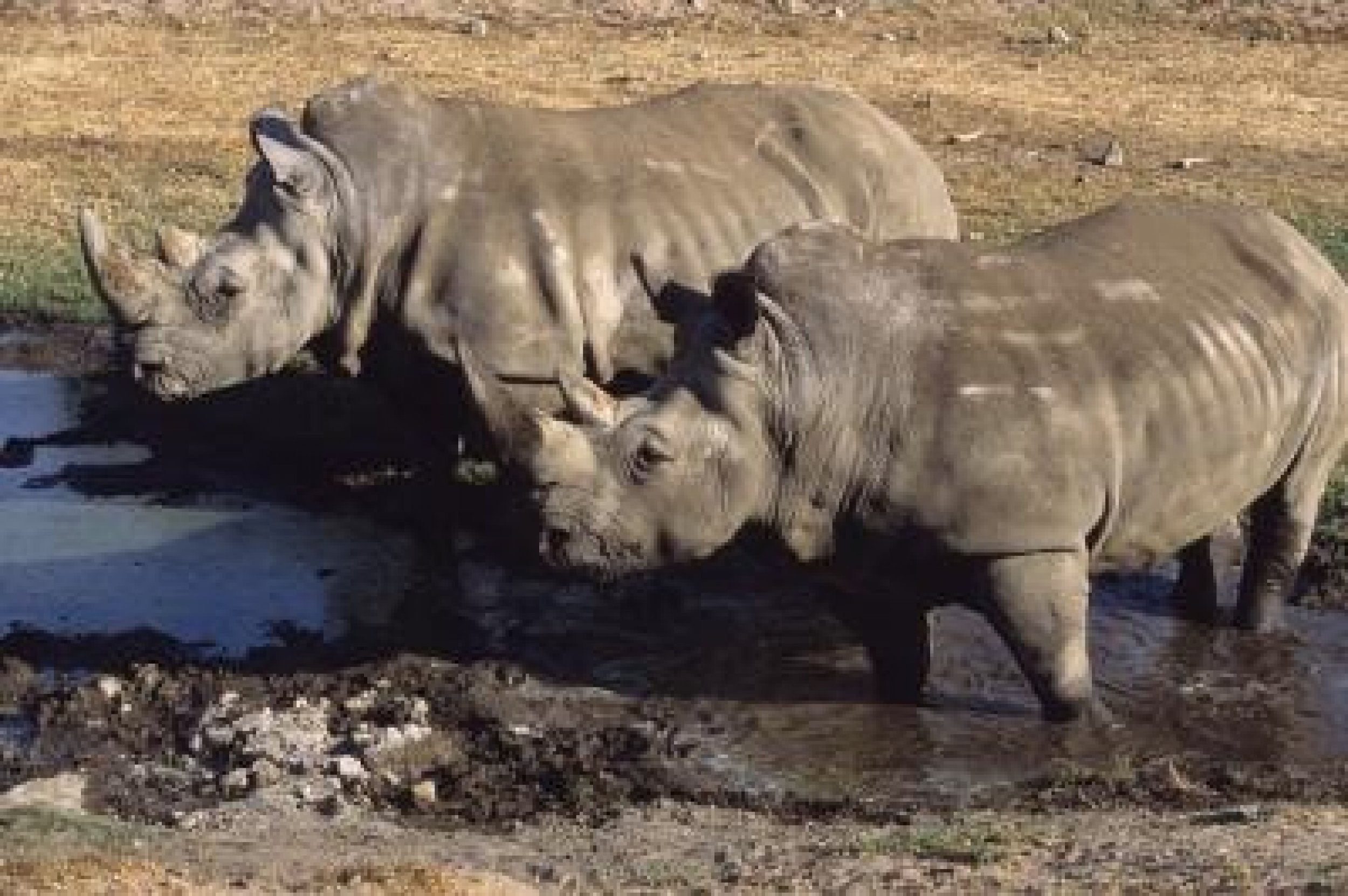First Ever Stem Cells Produced from Endangered Species [PHOTOS]
Five years ago, Oliver Ryder, the director of genetics at the San Diego Zoo Institute for Conservation Research, began discussing the possibility of collecting stem cells from endangered species.
He and his team had already set up the Frozen Zoo, which is a bank of skin cells and other materials from more than 800 species.
Ryder pondered if the samples they had gathered would be a good starting point to carry out this endeavor. So he contacted Jeanne Loring, professor of developmental neurobiology at Scripps Research, and shared the idea.
Ryder thought that - as it is hoped for humans - perhaps stem cells from endangered species might save the lives of these animals through the development of medical therapies or offer some preservation or expand their genetic diversity through new reproduction possibilities.
Researchers were working with stem cells from embryos back then, and scientists hadn't created techniques for reliably inducing normal adult cells to become stem cells as yet.
The technology came soon after though, and scientists can now accomplish this feat, called induced pluripotency, by inserting genes in normal cells that spark the transformation.
In 2008, Loring's team met with Ryder and they found that they might be able to apply the newly emerging techniques to endangered species. They explored the possiblity with two species: The highly endangered Drill primate and the northern white rhinoceros.
The team initially thought they would have to isolate and use genes from animals closely related to the endangered species to successfully induce pluripotency. After a year of trial and error, to the teams' surprise, the researchers found that the same genes that induce pluripotency in humans also worked for the Drill and the rhino.
Scientists from the Scripps Research Institute say they have produced the first stem cells from endangered species, which could be the breakthrough that could save many animals that are on the brink of extinction.
The scientists have reported that the animals' stem cells could be made to turn into different types of body cell.
It has been just amazing, Ryder said of the team's success in a news release.
He also said the best way to manage extinction is to preserve species and habitats and said that isn't always working.
Stem cell technology provides some level of hope that they won't have to become extinct even though they have been completely eliminated from their habitat, Ryder said.
The Drill was chosen because of its close genetic connection to humans. The animals often suffer from diabetes in captivity, which researchers are working to treat in humans using stem cell-based therapies, the release noted.
The northern white rhinoceros was chosen because it's genetically far removed from primates, and it is one of the most endangered species on the planet.
There are only seven animals still in existence. Two of them live at the San Diego Zoo Safari Park. They haven't bred in years.
In the longer run, researchers hope to be able to use the cells to produce sperm and eggs that would be incorporated into breeding programs to boost the genetic diversity of animals with limited populations.
Scientists are already exploring the possibility of producing sperm and eggs from stem cells as a possible solution to human infertility issues.
Loring has said she hopes that some of these groups might consider initial technique development using endangered species stem cells.
I think that work would be a lot easier ethically with endangered species than with humans, she said, so I suspect some people working in this area would love to have our cells for experiments.
Until then, the team hopes to continue producing stem cells from other species to grow the stem cell zoo. They are also trying to get funding for their unconventional line of research.
It's in between fields, Loring said. It's not classical conservation and it's not ordinary biological research.


© Copyright IBTimes 2024. All rights reserved.












